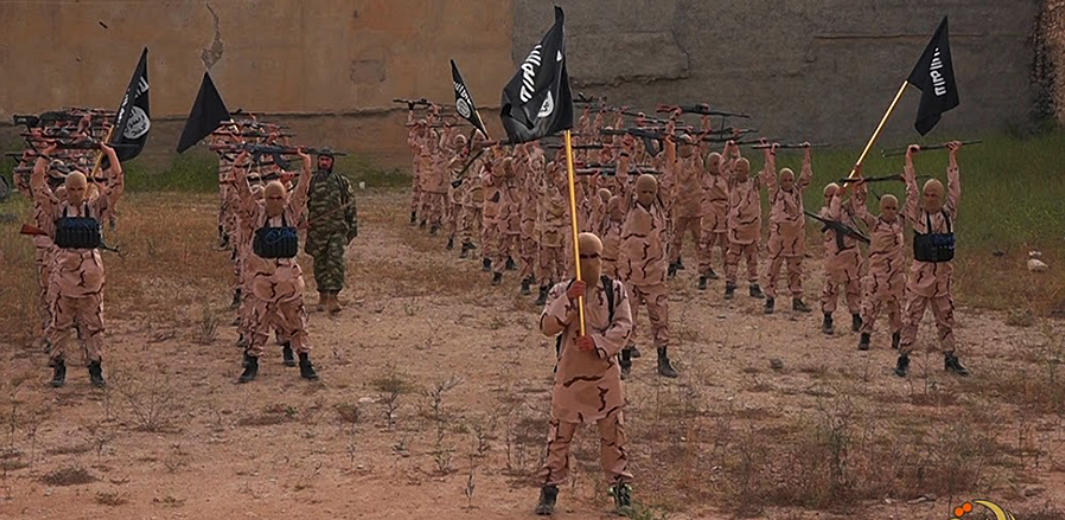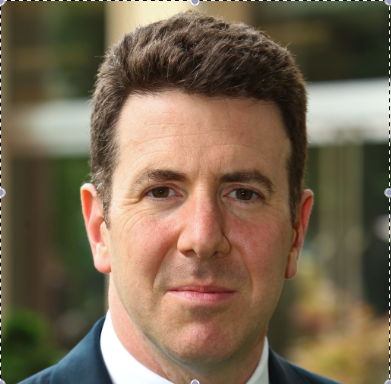What Is a Terrorist Movement?
The growing prevalence of terrorist ideologies that organize and encourage attacks without formal organizational structures will require analysts and policymakers to rethink their definitions.

Published by The Lawfare Institute
in Cooperation With

Definitions are the bane of terrorism analysis, and most are plagued with gaps, ambiguities, and inconsistencies. Even close allies do not agree on definitions of terrorism and which groups should be labeled as dangerous. Often there is an “I know it when I see it” sense of what is good and bad, which in practice is little help for governments, financial institutions, social media companies, or others trying to stop violent extremists. Politics also heavily shapes definitions, with some ideologies such as Islamic extremism receiving far more attention than white supremacy, anti-government extremism, or traditional civil strife. The result is poor discourse, uneven enforcement, different rules in different countries, and a general cynicism that definitions are simply ways for the powerful to marginalize the powerless.
Most debates focus on what counts as terrorism, but there’s another increasingly important definitional challenge presented by a seemingly obvious, but in fact quite difficult, question: What is a terrorist movement? Being formally labeled a terrorist “group” or “organization” is often tied to penalties under law, deplatforming by technology companies, and the denial of financial services, among other punishments. The U.S. Department of State designates an array of foreign terrorist organizations (FTO) every year. If a group is on the list, then providing money, arms, or other support to it—including volunteering to join it—becomes a criminal activity, and many successful prosecutions are based on this support. But the FTO designation requires an actual organization as well as terrorism. This leaves out individuals who are tied to broader movements and causes but are not part of formal groups. Similarly, platforms like Facebook, which make an extensive effort to block extremists, also wrestle with the question of how to handle individuals who are part of dangerous movements but not tied to any particular group.
Answering this question is vital given the nature of terrorism today. In contrast to the jihadist world that had strong organizations, like al-Qaeda and the Islamic State, movements and networks, not groups and organizations, are at the heart of white supremacist and anti-government extremism today. Payton Gendron, who is accused of killing 10 people and wounding three others in the Tops Market mass shooting in Buffalo, New York, earlier this year, deliberately targeted Black shoppers. Gendron did not belong to a particular group—instead, he drew inspiration from informal online communities that circulated far-right conspiracy theories. Nor is he unusual: New Zealand mosques shooter Brenton Tarrant, Tree of Life synagogue shooter Robert Bowers, El Paso Walmart shooter Patrick Crusius (who deliberately targeted Latino shoppers), and other white supremacists acted without direction from above and in their own names, not on behalf of recognized organizations. Similarly, although groups like the Oath Keepers and Proud Boys played vital roles in the Jan. 6 insurrection, the mass of participants either were not part of any group or were part of “spontaneous clusters” that came together at the last minute. Bruce Hoffman, a leading analyst of terrorism, notes this organizational ambiguity in his definition of terrorism, arguing that terrorism can be conducted by an organization with a clear structure “or by individuals or a small collection of individuals directly influenced, motivated, or inspired by the ideological aims or example of some existent terrorist movement and/or its leaders.”
The academic literature has long examined social movements, but there is little consensus on how, precisely, to define them. Trying to unify this broad literature into a common definition, social movement scholar Mario Diani argues that important components include informal networks, shared collective identities, and groups and organizations engaged in political and cultural conflicts. Even using such a unifying definition, many of Diani’s concepts (“informal networks,” “shared identities,” and so on) are themselves vague and contested, making it difficult to apply them consistently to a range of movements.
Terms like “groups” and “organizations” imply defined membership and command structures. Al-Qaeda and the Islamic State have clearly defined leaders—if you were an al-Qaeda member, you accepted the leadership of Osama bin Laden, and then Ayman al-Zawahiri (until his recent death), and you are now probably eagerly awaiting the announcement of his successor. These groups often branded their propaganda, much of which is issued by their own official media outlets. In contrast, movements like QAnon, the “boogaloo” movement, white supremacists, generalized anti-government extremists, and other important categories of potentially violent actors are often not organized into entities with specified members and discrete hierarchies. Rather, they mostly represent individuals and small groups, organized around a common but not universally shared set of ideas that is constantly contested and shifting.
Formal groups sometimes exist within these broader communities. The Three Percenters as a movement, for example, are adherents to the (false) idea that only 3 percent of Americans fought in the American Revolution—anyone can “join” simply by accepting this belief. However, there are also organized units, such as the “Real 3%ers Idaho,” that have defined membership rolls. Conversely, some formal groups have an array of informal supporters who are not on their membership rolls and over whom they do not exercise command and control. Many Islamic State shooters in the West, for example, have been so-called lone wolves, whom the group tried to inspire but did not direct.
The label “lone wolf,” however, is also misleading if it is taken to mean that the individuals existed wholly apart from others. These individuals were part of a broader ecosystem. Often linked via social media, they communicated with one another, sharing many ideas and recommended tactics, techniques, and procedures. Where these networks and connections begin and end is difficult to determine in practice, but they are there in reality.
While an al-Qaeda member can be said to share a common set of ideas that comes with being accepted into the group and that are articulated by recognized leaders on branded communications channels, many other movements encompass different strands of thought that are often quite distinct, making it harder to determine if the movement is fundamentally violent or not. For example, within the “boogaloo” movement, all adherents see themselves as anti-government. However, some participated in Black Lives Matter protests against police brutality, while other adherents favor white supremacism and oppose the government because they believe the system is captured by minorities.
A different, but overlapping, challenge concerns how to determine whether an individual is within the broader movement. Because a movement does not have defined membership rolls, determining who is part of a movement requires some degree of external judgment. Some individuals may openly profess adherence, but in other cases there would need to be measures to determine whether the individual truly belongs.
To operationalize the concept of a movement for QAnon or white supremacists, there would need to be a core definition of adherents’ beliefs and activities that could then be compared with the actions and expressed beliefs of a wide range of individuals. Some characteristics might be weighted given their importance to the movement as a whole—for white supremacists, this might include an emphasis on the superiority of the white race. For QAnon, a focus on core characteristics is especially slippery, as it has embraced a wide range of conspiracies and has mutated in response to political events, such as President Trump’s 2020 election defeat. Perhaps the core QAnon belief is that Satan-worshipping pedophiles control the U.S. and other world governments, but it also promotes conspiracies related to the Kennedy assassination and 9/11, among many others, and has variations around the world.
Network analysis can be another way to identify the contours of a dangerous movement. Many individuals are part of dense groups of interconnected individuals who share overlapping interests. Central nodes within the network might be identified, with individuals ranked by various measures of affinity and proximity—a difficult task in practice. Individuals with certain scores might then be considered part of the network.
Because so many of today’s terrorism challenges, particularly in the anti-government and white supremacist realm, are better characterized as movements or networks rather than as groups or organizations, it is valuable to explore how such amorphous concepts might be operationalized. These definitions and their applications would be more subjective than assessments of groups and should be treated with more caution in moving from the analytic drawing board to consequences in the real world. Operationalizing movements, however, would also help law enforcement and others combating extremism to better identify potential dangers before they emerge, recognize connections among potentially dangerous individuals, prioritize their resources, and act more proactively against an elusive target set whose danger is quite real despite the difficulty inherent in categorizing their activities.





